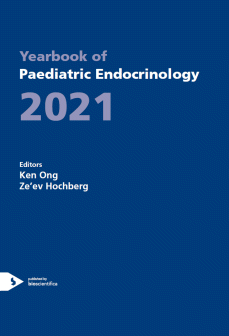ey0018.13-2 | Diabetes | ESPEYB18
13.2. Worldwide differences in childhood type 1 diabetes: The SWEET experience
M Saiyed , D Hasnani , GT Alonso , E Richmond , S Besancon , A Cotterill , U Ngwu , C Mazza , D Rottenbourg , S Lanzinger
ey0018.13-3 | Diabetes | ESPEYB18
13.3. Rapid increases in observed incidence and prevalence of Type 1 diabetes in children and youth in Mali, 2007-2016
JL Sandy , S Besancon , AT Sidibe , M Minkailou , A Togo , GD Ogle
ey0018.13-4 | Diabetes | ESPEYB18
13.4. Heat-stability study of various insulin types in tropical temperature conditions: New insights towards improving diabetes care
B Kaufmann , P Boulle , F Berthou , M Fournier , D Beran , I Ciglenecki , M Townsend , G Schmidt , M Shah , S Cristofani , P Cavailler , M Foti , L Scapozza
ey0018.13-5 | Diabetes | ESPEYB18




